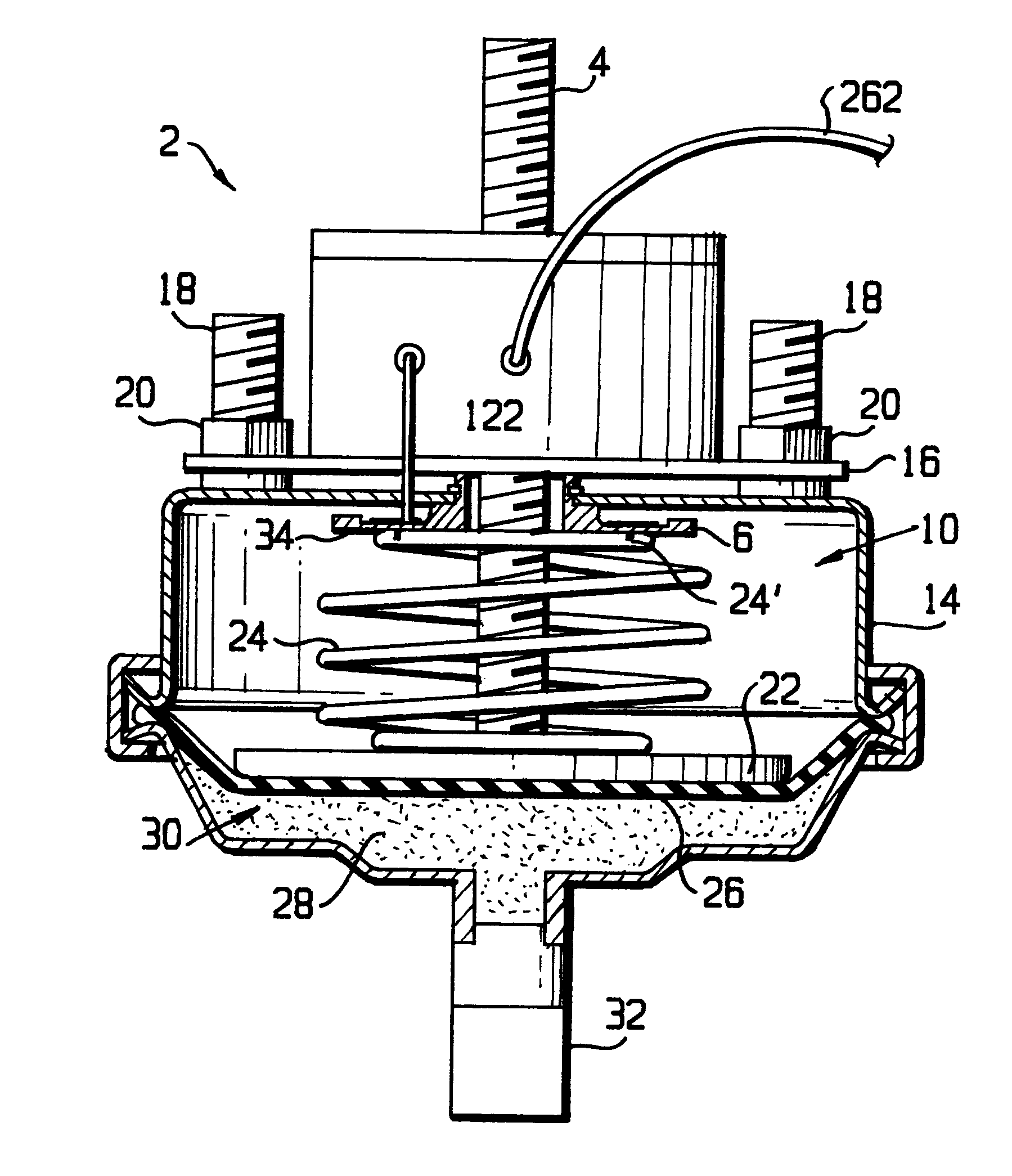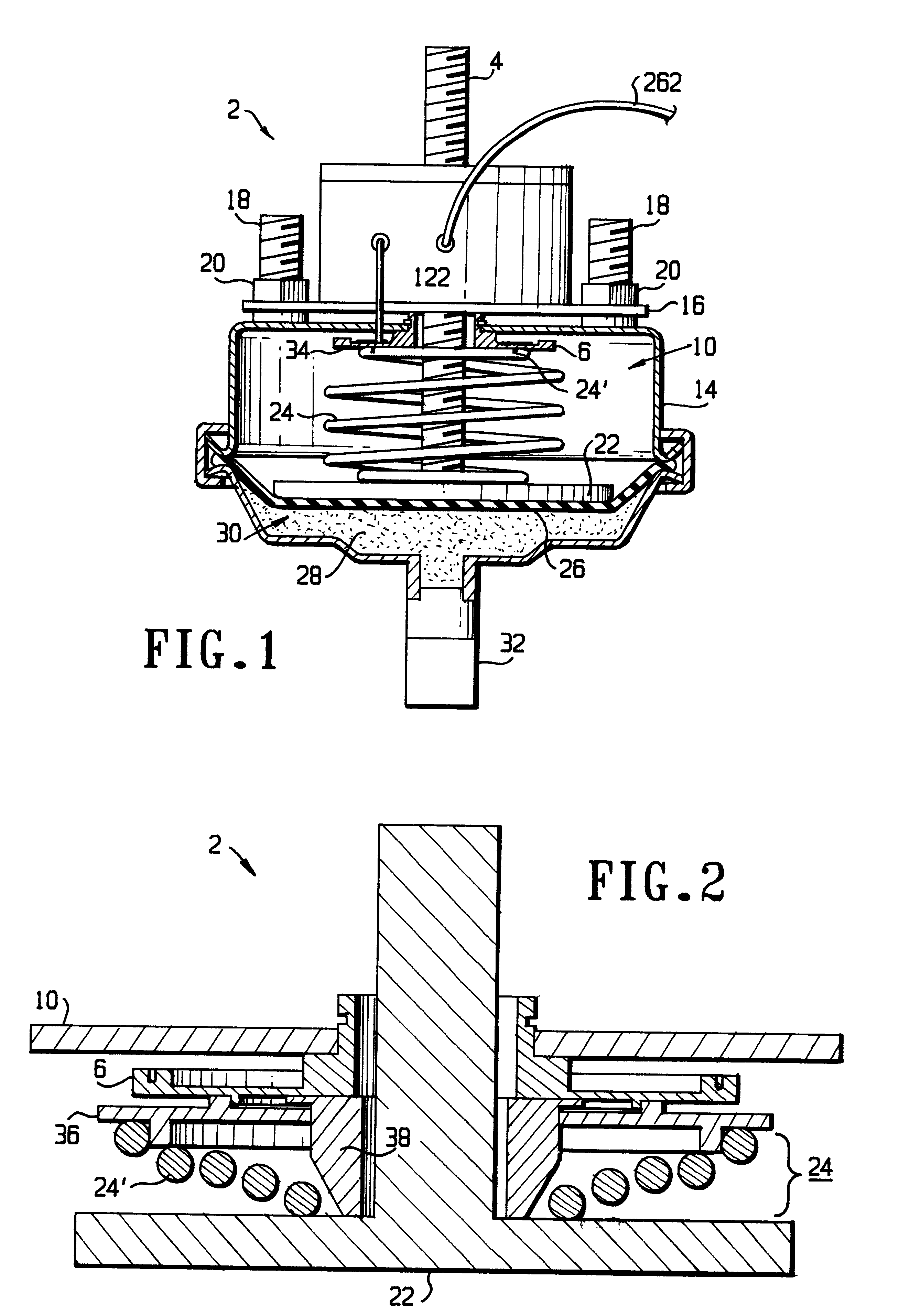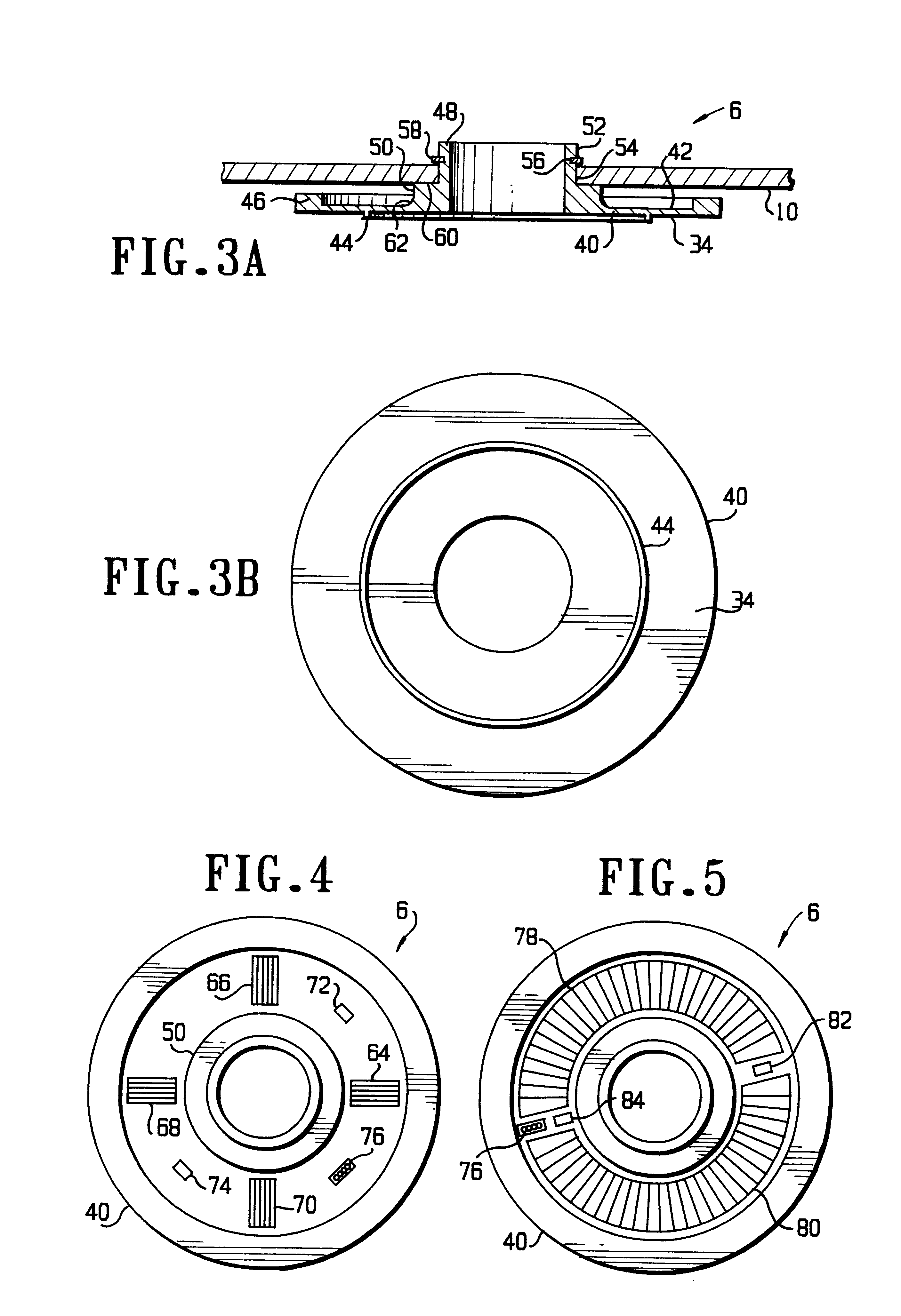Vehicular sensors
a technology of vehicle sensor and sensor body, applied in the direction of brake cylinder, instrument, force/torque/work measurement apparatus, etc., can solve the problems of inability to readily adapt to various types of vehicles, high cost of after-market electronic systems, and inability to use them widely
- Summary
- Abstract
- Description
- Claims
- Application Information
AI Technical Summary
Problems solved by technology
Method used
Image
Examples
Embodiment Construction
The particulars shown herein are by way of example and for purposes of illustrative discussion of the embodiments of the present invention only and are presented in the cause of providing what is believed to be the most useful and readily understood description of the principles and conceptual aspects of the present invention. In this regard, no attempt is made to show structural details of the present invention in more detail than is necessary for the fundamental understanding of the present invention, the description taken with the drawings making apparent to those skilled in the art how the several forms of the present invention may be embodied in practice.
FIG. 1 illustrates a brake actuator system with a brake stroke system installed. A brake sensor 2 for determining the position of a brake actuator's pushrod 4 at any point throughout its entire range of motion includes a force-sensing assembly 6 and a brake sensor control / communications assembly 8. The for...
PUM
 Login to View More
Login to View More Abstract
Description
Claims
Application Information
 Login to View More
Login to View More - R&D
- Intellectual Property
- Life Sciences
- Materials
- Tech Scout
- Unparalleled Data Quality
- Higher Quality Content
- 60% Fewer Hallucinations
Browse by: Latest US Patents, China's latest patents, Technical Efficacy Thesaurus, Application Domain, Technology Topic, Popular Technical Reports.
© 2025 PatSnap. All rights reserved.Legal|Privacy policy|Modern Slavery Act Transparency Statement|Sitemap|About US| Contact US: help@patsnap.com



